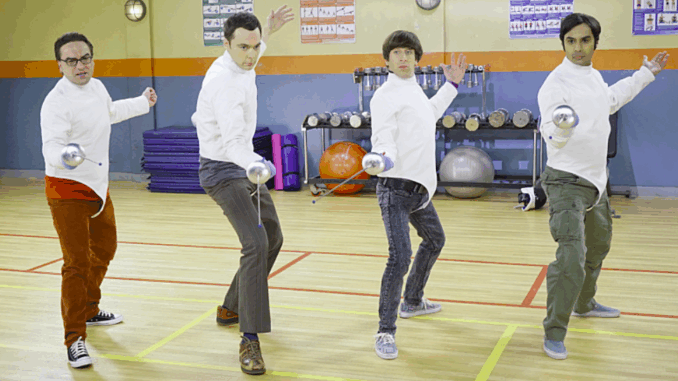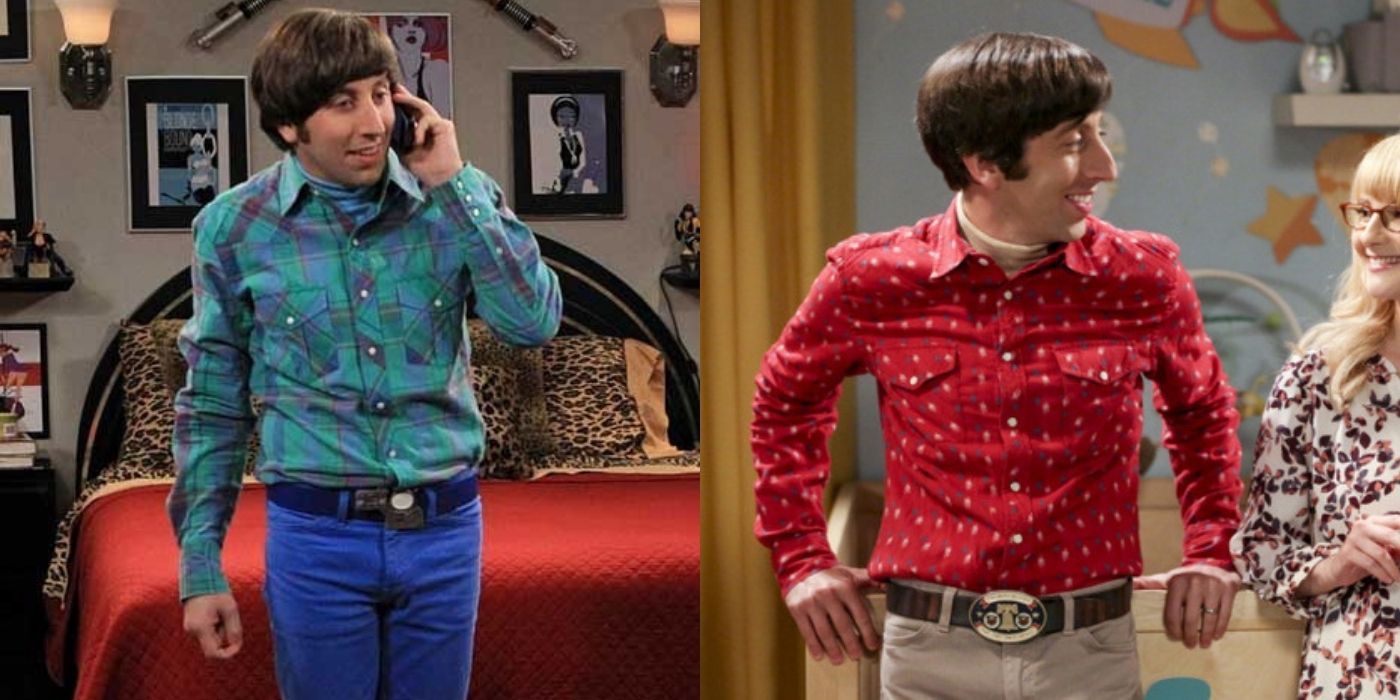
Fashion meets fandom in the geek world
At first glance, the wardrobe choices in The Big Bang Theory might seem like quirky costume decisions meant to exaggerate the characters’ nerdiness. But beneath the surface, these outfits tell layered psychological stories. From Sheldon’s color-coded superhero T-shirts to Howard’s ever-present belt buckles, the clothes in this sitcom are more than just sitcom uniform—they’re silent narrators of identity, insecurity, and personal evolution.
Sheldon Cooper: Control through color
Sheldon’s wardrobe is perhaps the most iconic. His daily uniform of long-sleeve shirts under short-sleeve graphic tees—usually emblazoned with science symbols or DC superheroes—is no accident. The color of his shirt often matches his emotional state. Red for confidence, green for logic, blue for calm, and so on—mirroring the emotional spectrum theory he himself might endorse.
His strict rotation and aversion to change in clothing reflect his need for routine and control. His closet, presumably arranged by day, season, and mood, is a direct extension of his structured mind. Even his “formal” Flash T-shirt says: “This is me dressed up. Deal with it.”
Howard Wolowitz: Insecurity disguised in flamboyance
Howard’s clothes scream confidence, but dig deeper, and they reveal a different story. Tight pants, turtlenecks, neon colors, and vintage belt buckles are his armor. As the only one without a doctorate (a point of constant ridicule), Howard compensates with fashion as a form of flair and rebellion.
His over-the-top style masks his insecurity. Even his signature alien and comic motifs hint at his desire to stand out in a group of intellectuals. Interestingly, his wardrobe softens slightly after he starts dating Bernadette—subtle proof that personal validation brought him closer to authenticity.
Raj Koothrappali: Layers of isolation

Raj’s layered look—vests, scarves, cardigans—is not just a fashion choice. It’s a visual metaphor for emotional shielding. Raj, the most sensitive of the group and initially unable to talk to women without alcohol, often hides under literal layers of fabric. His bright colors contrast with his loneliness, and as he slowly becomes more emotionally expressive, his wardrobe gradually becomes less fussy and more grounded.
The transformation is subtle but significant. His clothing evolves just as his confidence begins to peek through the layers.
Penny, Bernadette, and Amy: Subverting stereotypes
While the guys’ wardrobes are intentionally uniform, the women in the series go through more visible style changes—especially Penny and Amy.
Penny starts as the California blonde cliché—jean shorts, tank tops, and heels—but gradually adopts a more mature, business-casual style as her character finds direction in life. By the end of the series, she isn’t dressing to “stand out”—she’s dressing with purpose.
Amy Farrah Fowler’s clothes are famously frumpy: cardigans, long skirts, and a complete disinterest in trends. But over time, small updates—floral blouses, subtle makeup—mirror her growing self-esteem, especially in romantic and social contexts.
Bernadette, on the other hand, blends femininity with sharp power. Her high-pitched voice contrasts with her authoritative presence at work, and her wardrobe walks the same tightrope—cute dresses masking a fierce intellect.
Costume design as character psychology
What makes the wardrobe of The Big Bang Theory so special is its consistency and evolution. Every item feels intentional, communicating who these people are without them needing to say a word. Costume designer Mary T. Quigley once said, “Their wardrobe had to match their worlds.” And in this show, it absolutely does.
Final thoughts
In sitcoms, fashion is often overlooked or used for quick laughs. But in The Big Bang Theory, clothes function as a subtle yet powerful layer of storytelling. They reflect intellect, insecurity, status, and even love. In a world obsessed with equations and science fiction, sometimes the most honest expressions are made not through dialogue—but through a T-shirt.
